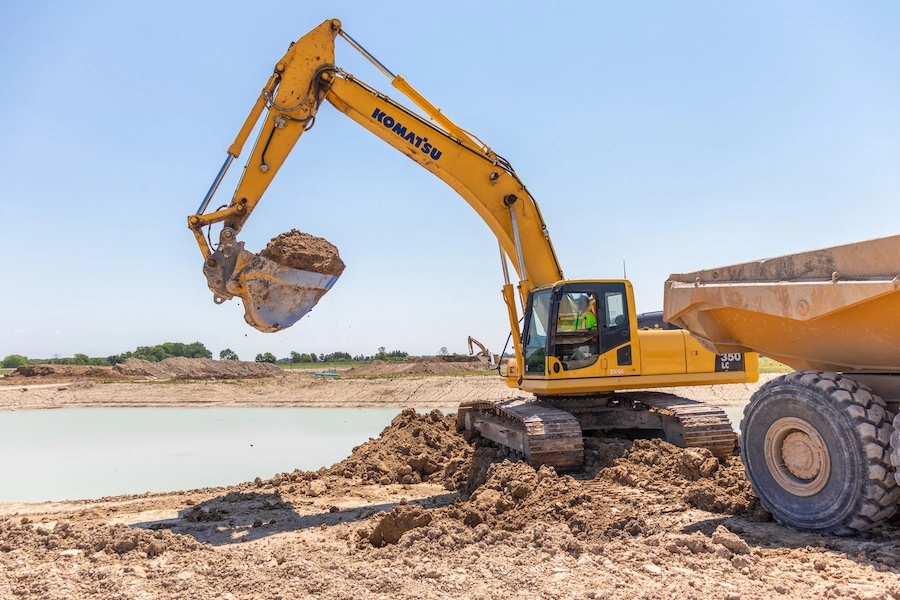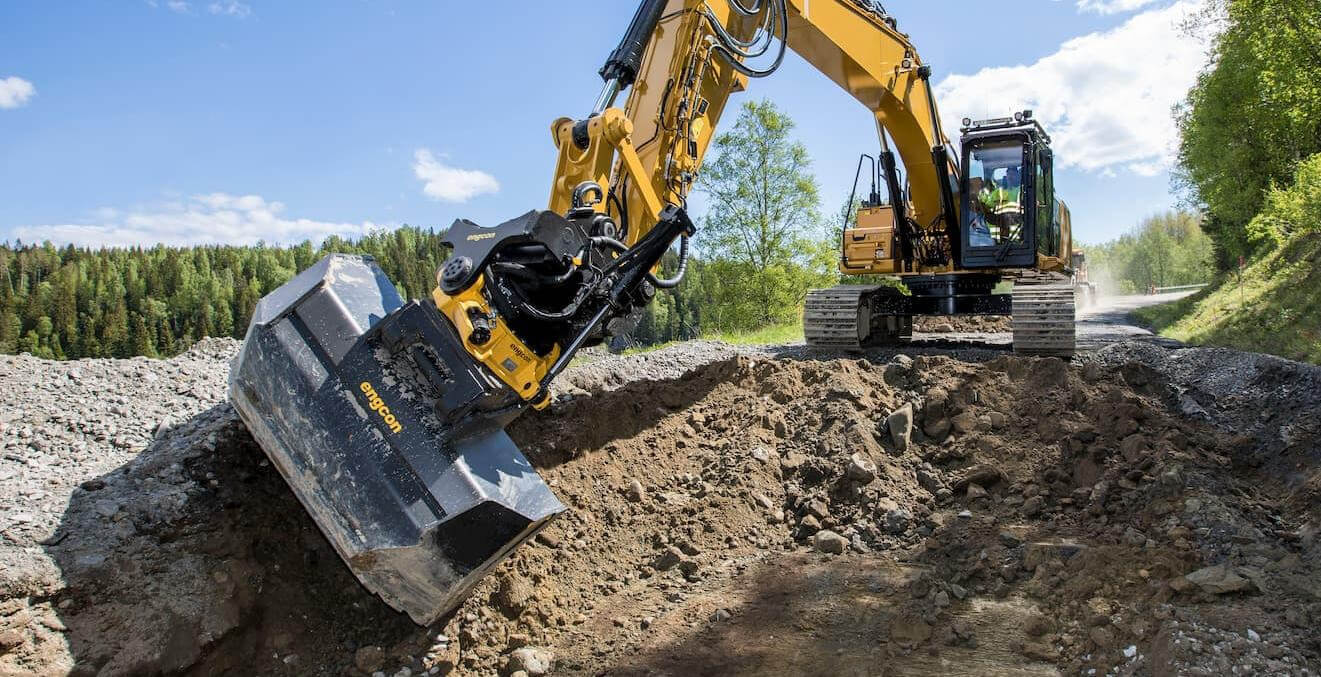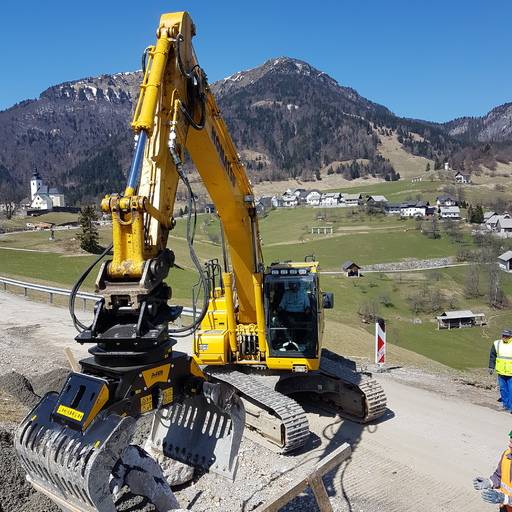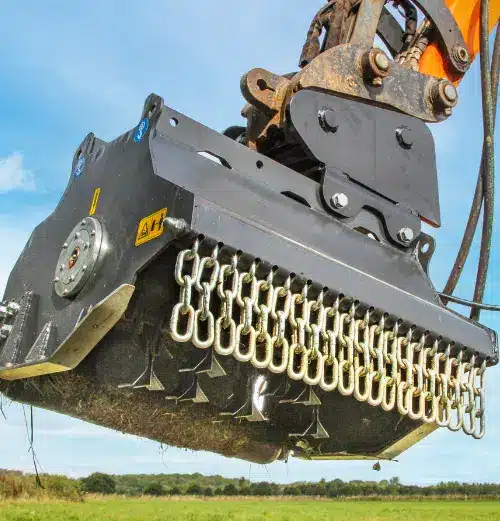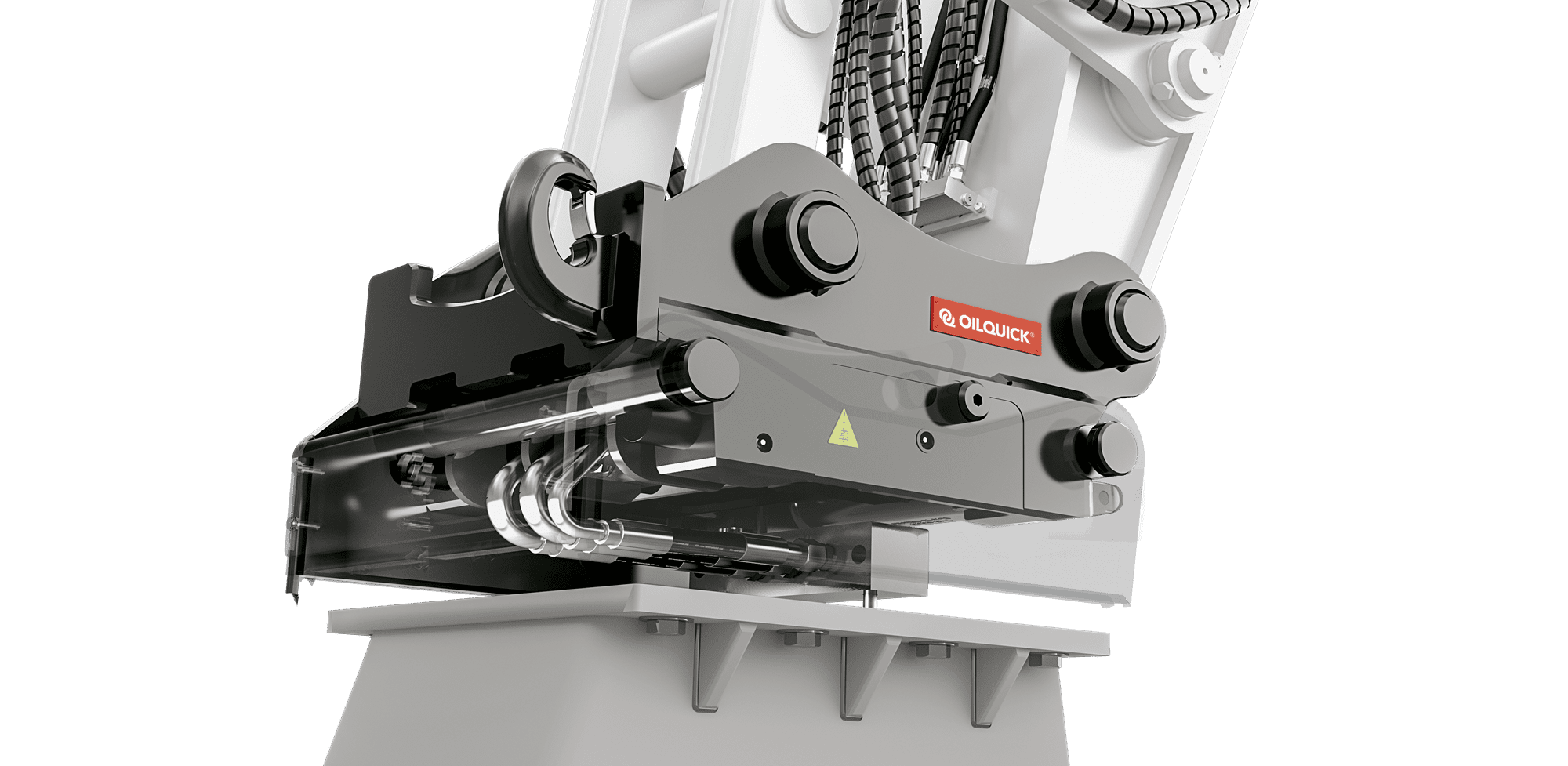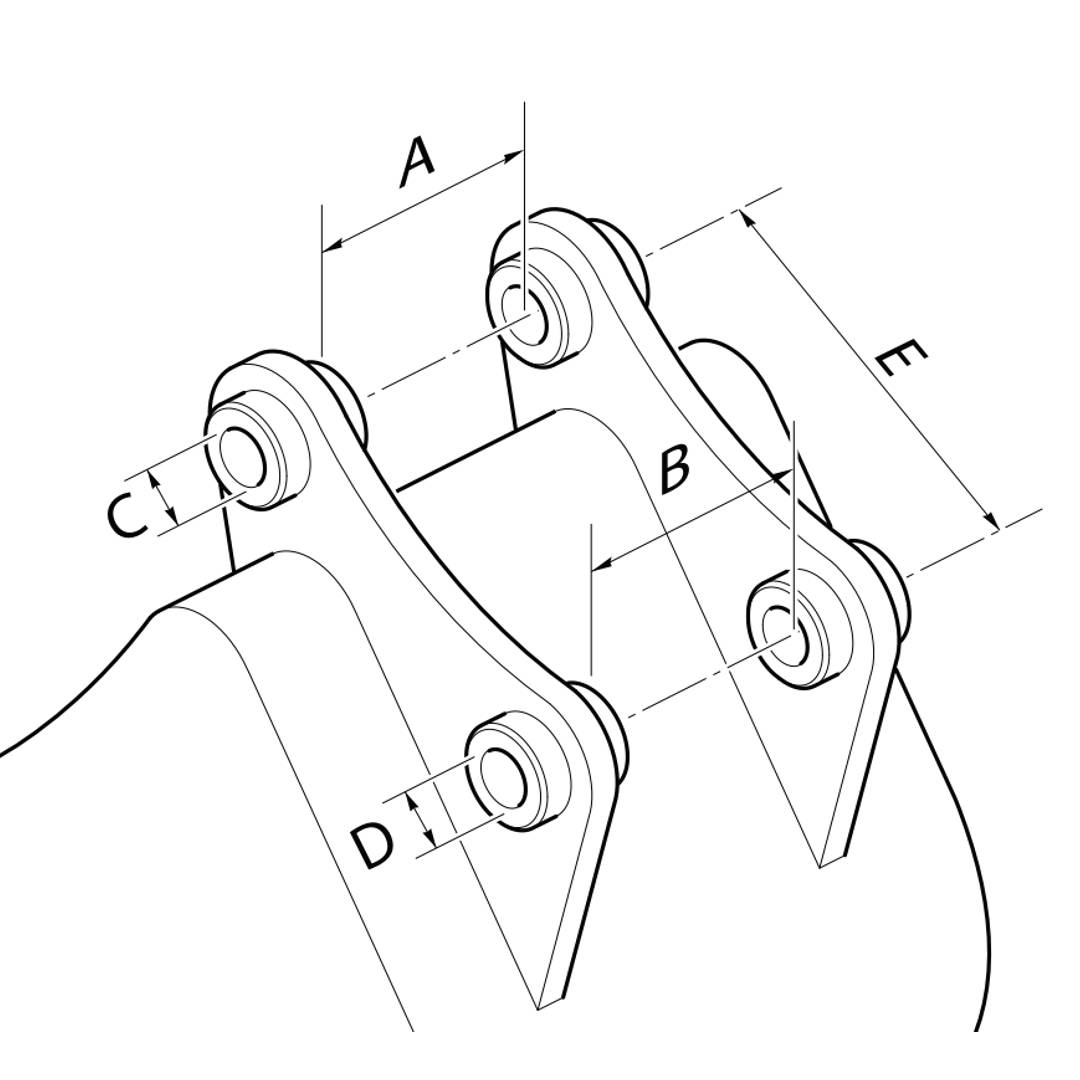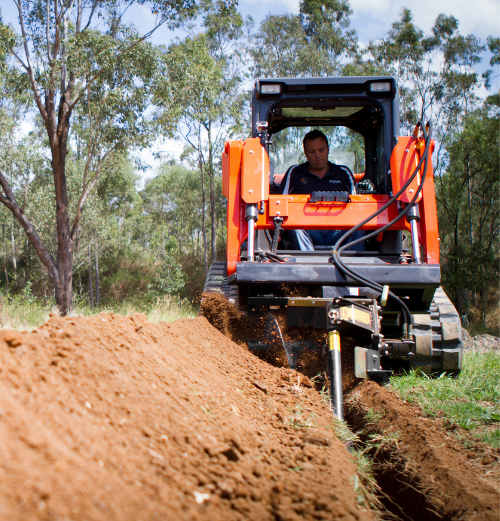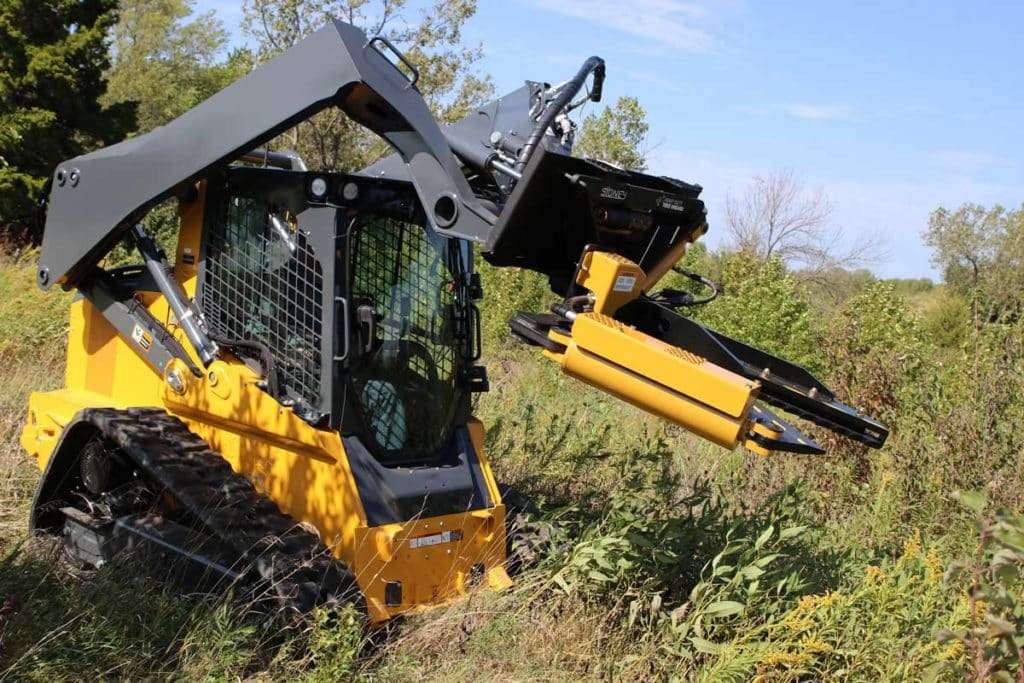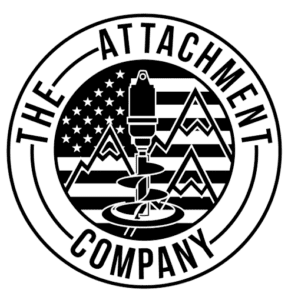Blog
Exploring Hydraulic Circuits on Excavators for Attachment Operations
Excavators are indispensable heavy machinery in construction, mining, and various other industries. They owe their incredible versatility in large part...
Read More5 Ways to Get More Flexibility Out of Your Excavator
Excavators are powerful machines, but with the right attachments, they can become even more versatile and efficient. Whether you’re in...
Read MoreComparing Excavator Grapple Attachments
Unveiling the Power of Grab and Grapple Attachments for Excavators Excavators have long been hailed as the workhorses of construction...
Read MoreComparing Tree Shear Attachments for Excavators and Skid Steers: Single Arm vs. Double Arm Designs
Introduction Tree shear attachments have revolutionized the forestry industry, allowing for efficient and precise tree removal. There are many types...
Read MoreNEW PRODUCT: Excavator Flail Mowers for Excavators up to 7 tons!
An excavator flail attachment is a type of heavy-duty machinery that is commonly used in construction, land clearing, and forestry...
Read MoreAn Extensive Guide to Excavator Mounting Options
Contents Single Pin Double Pin / Cradles for Augers Dedicated Quick Connect – Kubota, John Deere, Bobcat, Wain Roy S...
Read MoreExcavator Bucket Pin Size Chart
Excavator bucket pin dimensions vary between excavator make and models. This makes it complex to build or fix a mount...
Read MoreMaximizing Your Skid Steer with Trencher Attachments: A Comprehensive Guide
Maximizing Your Skid Steer with Trencher Attachments: A Comprehensive Guide If you own a skid steer, you know just how...
Read MoreTransform Your Skid Steer Into A Tree-Cutting Forestry Machine With a Tree Shear Attachment
We are happy to add to our range of skid steer attachments with the heavy duty tree shear from Sidney...
Read More
